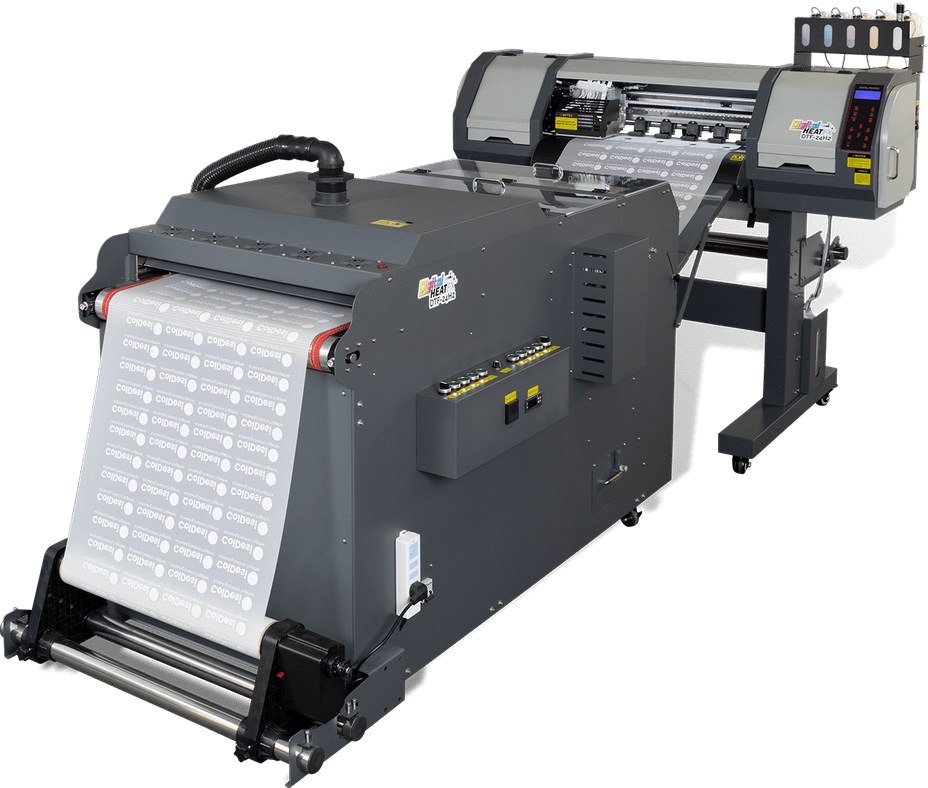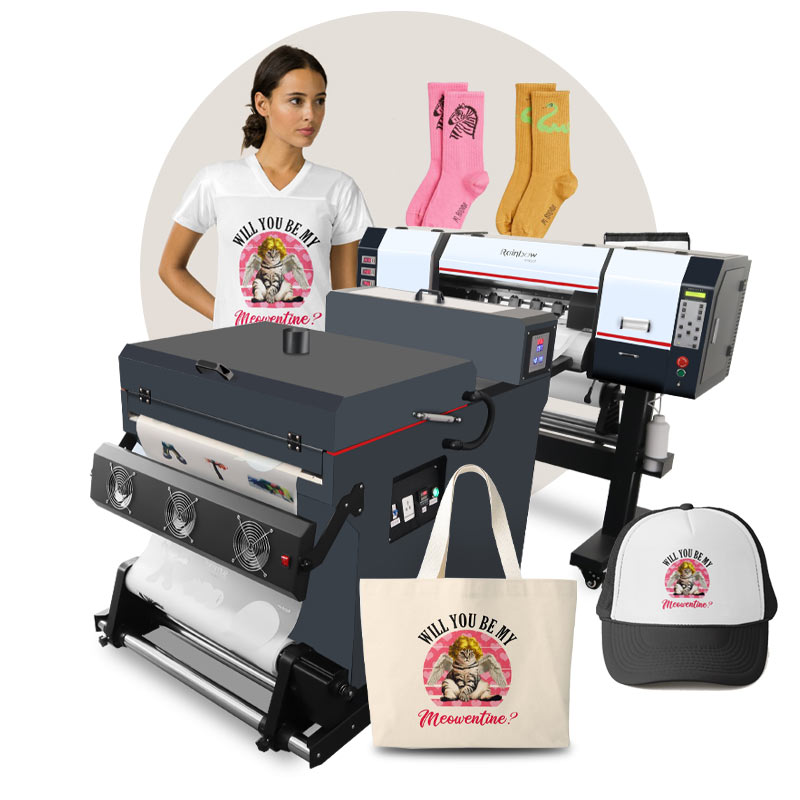Grasping DTF Printing: Advice for Achieving Vibrant and Resilient Prints
Worldwide of textile printing, accomplishing durable and lively prints is a desired skill that can elevate the top quality of your outcome. Grasping DTF (Direct to Movie) printing calls for a blend of technological expertise, precision, and attention to information. From choosing the ideal materials to fine-tuning print settings and perfecting post-printing completing methods, there are many elements that can influence the result of your prints. Understanding exactly how to navigate these details can make all the distinction in between an average result and a really outstanding one.

DTF Printing Essentials
For those brand-new to the world of fabric printing, recognizing the basics of DTF printing is necessary to grasping this cutting-edge method. Direct to Movie (DTF) printing is a modern-day technique that entails moving designs from a special film onto various fabrics utilizing a warm press. Unlike conventional methods like screen printing, DTF uses advantages such as vivid colors, intricate detailing, and the ability to print on varied products like cotton, polyester, and blends.
The process starts by printing the layout on a special DTF film utilizing a suitable printer with CMYK or CMYKW ink collections. When the design is printed, it is after that healed with a warm press to create a long-lasting and long lasting print. DTF printing is known for its capability to reproduce intricate layouts with high accuracy and shade accuracy, making it a prominent option for businesses wanting to create personalized garments, marketing products, and a lot more.
Choosing the Right Products

Similarly vital is the choice of the sticky powder. The adhesive powder serves as a bonding agent between the published layout and the textile, so it has to have solid bond buildings to make sure a long lasting and resilient transfer. Different textiles might require various sorts of sticky powders, so it is important to match the powder to the fabric kind for ideal results - DTF Printing. By carefully selecting the ideal materials for DTF printing, printers can improve the high quality, vibrancy, and long life of their prints.
Maximizing Publish Setups
When aiming to achieve the finest results in DTF printing, meticulous interest to optimizing print settings is vital for making sure precise and top quality transfers onto textiles. One crucial aspect to think about when enhancing print settings is the resolution.
One more essential setup to optimize is the print rate. Finding the best equilibrium in between speed and high quality is essential. While raising the rate can boost performance, it might compromise the final print's clearness and shade saturation. Trying out various speeds and observing the results can help establish the ideal setting for every print work - DTF Printing.
Furthermore, tweak color accounts and making certain correct color administration are crucial for accomplishing exact and consistent colors across various prints. By calibrating color setups and accounts, printers can reduce shade inconsistencies and create uniform outcomes, improving the overall print quality and client contentment.
Preparing Artwork for DTF Printing
To make certain ideal lead to DTF printing, thorough focus to detail is necessary when preparing artwork for transfer onto fabrics. Begin by choosing high-resolution pictures to maintain clarity and sharpness in the final print. Vector graphics are liked as they can be conveniently scaled without shedding top quality. Convert the artwork to CMYK shade setting to make sure that the colors equate properly from screen to print. Change the shade degrees and comparison as needed to boost the vibrancy of the design. When including text to the art work, pick fonts that important site are legible and suitable for the intended size. Keep in mind to mirror the last design prior to publishing to ensure that it transfers properly onto the garment. Furthermore, consider the textile type and shade when picking the artwork, as these aspects can influence the final look. By complying with these actions and paying very close attention to the details, you can prepare art work that is maximized for resilient and vivid DTF prints.
Post-Printing Finishing Techniques
Implementing reliable post-printing finishing strategies is important to enhancing the toughness and visual charm of DTF prints on textiles. When the printing process is complete, applying warm to the printed additional hints design is crucial.
After warm pushing, peeling the family pet movie very carefully is an important step. This process should be done slowly and steadily to stop any damage to the print. As soon as the film is eliminated, the print might call for additional curing time to additionally set the ink right into the material. This action aids boost the washability and longevity of the print, guaranteeing it can hold up against several laundry cycles without fading or breaking.
Additionally, trimming any type of excess movie around the style can provide the final print a specialist and tidy look. Putting in the time to appropriately end up DTF prints post-printing can substantially impact the general high quality and longevity of the textile style.

Final Thought
Finally, mastering DTF printing calls for a detailed understanding of the essentials, selecting suitable products, enhancing print settings, preparing artwork efficiently, and using post-printing ending up techniques. By complying with these methods and suggestions, one can achieve dynamic and resilient prints that fulfill their preferred quality criteria. Regular practice and interest to information are crucial in attaining successful results in DTF printing.
From choosing the right materials to adjust print settings and perfecting post-printing completing techniques, there are many factors that can influence the end result of your prints. Unlike standard approaches like screen printing, DTF offers benefits such as vivid shades, elaborate describing, and the capability to print on diverse materials like cotton, polyester, and blends.
When the design is published, it is then treated with a warmth press to create a durable and resilient print.When aiming to attain the best results in DTF printing, careful focus to enhancing print settings is vital for making sure high-quality and specific transfers onto important link textiles.In conclusion, mastering DTF printing needs a thorough understanding of the fundamentals, choosing appropriate materials, maximizing print setups, preparing art work successfully, and using post-printing finishing methods.